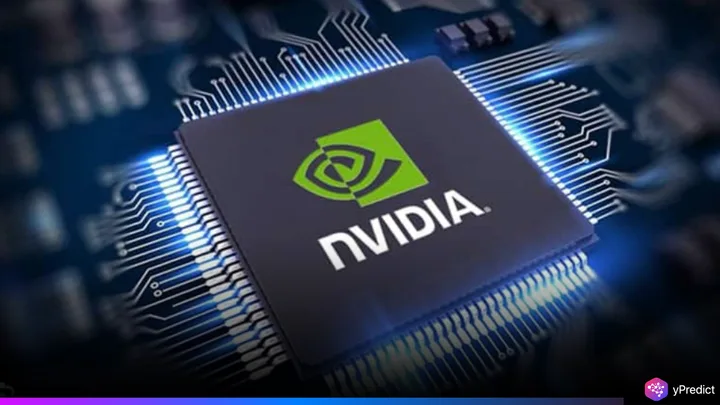
At the Computex trade show in Taipei, Nvidia unveiled a new chip-linking technology called NVLink Fusion that could change how artificial intelligence systems are built. CEO Jensen Huang introduced the tool on Monday, promising faster communication between chips that power AI tools. Nvidia’s latest move comes as AI demand surges and companies look for more efficient ways to scale performance. The announcement included partnerships with major chipmakers Marvell Technology and MediaTek, both set to adopt NVLink Fusion. Huang also revealed Nvidia’s plan to open a Taiwan headquarters, signaling deeper ties with Asia’s growing AI development market.
Connecting Chips, Boosting Speed: How NVLink Fusion Works
NVLink Fusion is Nvidia’s next step in helping chips talk to each other faster. It connects several chips into a single, high-speed unit, designed to boost how quickly data moves in and out of AI systems. This is critical for tasks like large language model training, real-time data processing, or autonomous systems.
Huang said the new tech builds on years of development behind NVLink, which already powers Nvidia’s top-tier chips like the GB200. That chip combines two Blackwell GPUs with a Grace processor, delivering massive computing power. “AI needs enormous bandwidth to scale,” Huang explained during his keynote. “NVLink Fusion makes that possible for more partners.” The tech will now be available for other chipmakers who want to create advanced AI systems.
Big Plans, Big Questions: Partners Join but Challenges Remain
Marvell Technology and MediaTek have confirmed they’ll use NVLink Fusion for their future AI chip designs. This signals broader industry adoption beyond Nvidia’s own products. With this step, Nvidia moves from being just a chip provider to a platform enabler. The company also launched DGX Spark, a desktop version of its AI system built for researchers. It is now in full production and expected to ship in a few weeks.
While excitement is high, some challenges remain. Designing chips that work seamlessly with NVLink Fusion requires deep integration and long-term planning. Cost could also be a factor for smaller players. Despite these hurdles, Nvidia continues to expand. It revealed new generations of AI chips, including Blackwell Ultra for 2025 and Rubin for 2026. Its future Feynman processors are expected in 2028.
Will Shared AI Infrastructure Reshape Global Innovation?
Nvidia’s decision to share NVLink Fusion opens the door to faster and more accessible AI systems around the world. It reflects a shift from proprietary tools to shared infrastructure that boosts the whole industry. Still, the move raises questions about fairness and control in the AI hardware space. Smaller firms may still struggle to compete if integration costs stay high. And governments may begin looking more closely at who controls key infrastructure behind modern AI.
Yet the promise of faster, more efficient AI tools remains powerful. As more companies adopt NVLink Fusion, the pace of innovation could accelerate. Huang’s push to open Nvidia’s platform may help shape a more connected AI future, if challenges around cost and complexity can be managed.






